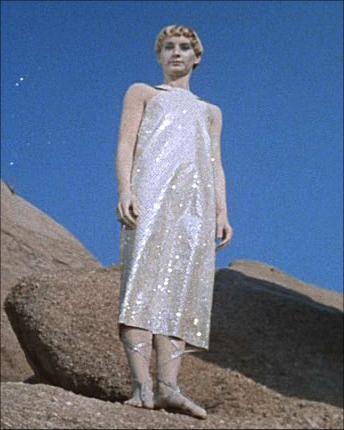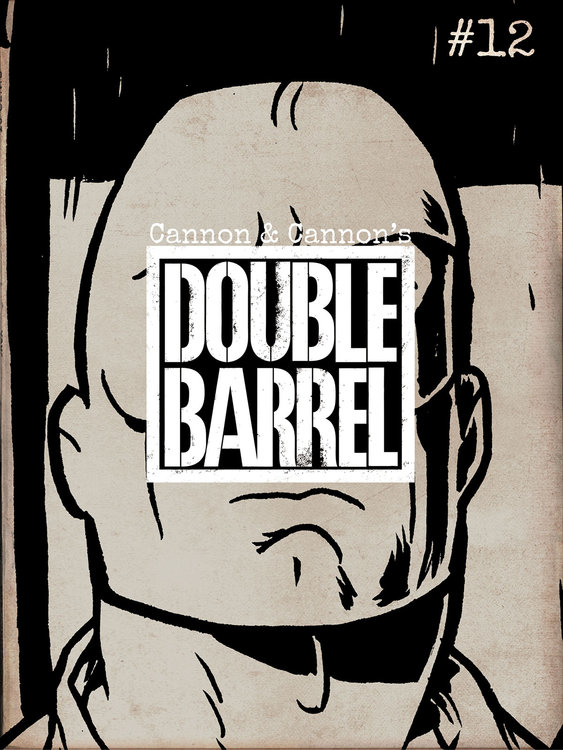 |
| via Amazon |
My highlights from Volume 5:
Lumiya
 |
| via Wookieepedia |
Lumiya survived the Marvel era to have a more meaningful role in the Expanded Universe. She featured prominently in Legacy of the Force, a nine-part novel series by Aaron Allston, Karen Traviss and Troy Denning.
I Say Kazhyyyk, You Say Kashyyyk
Marvel Star Wars #91 provides the first comic book trip to the Wookiee home world of Kashyyyk (spelled with a z instead of an s by Marvel). I have long decried the scarcity of Wookiee stories in Star Wars lore so I am always grateful for them when they do spring up. Unfortunately, all is not well in the neighborhood. Wookiees, including members of Chewbacca's family, are being kidnapped by slave traders. Their leader is a mysterious figure with a really dumb name: Knife. He is the first contact for the Alliance from a new nemesis:
The Nagai
 |
| via Wookieepedia |
These punk rockers from another galaxy cause no end of trouble for the newly formed Alliance of Free Planets. Taking advantage of the power vacuum left by the Empire, while employing many of the minions of that deposed entity, the Nagai work to find a foothold in the galaxy. Their Spartan approach to life and warfare gains them a lot of enemies very quickly. But the Nagai story gets complicated when the Alliance discovers these pests are moving in on their turf because of an even less desirable culture, the piratesque Tof, who have followed them to the new hunting grounds. United by a common enemy, the Nagai and the Alliance look past their considerable differences and join forces to drive away the Tof. The Nagai story is one of forgiveness for the sake of the greater peace.
As discussed in previous posts, the Marvel comics are low canon in the Star Wars Expanded Universe. Given very little to go on by the Lucas people, the comic artists had to create stories of their own. As a result, the Marvel creators built a fairly well-contained universe. Some of their creations, such as Lumiya and the Nagai, turned up in later higher-canon work but most did not. As a fan of the franchise, I am glad to have read them and will seek out the Ewoks and Droids series if only for the sake of thoroughness. I also look forward to exploring the numerous Dark Horse series as well, those being a higher canon level than the Marvels.






.jpg)






.jpg)






















